One of the biggest concerns car owners have is how often to replace tires. It does not matter whether you are driving a brand-new car or a used one; safety has to be the primary concern. Tires are the only part of your sedan, SUV, pickup, or any other model making direct contact with the road.
You do not have to worry about tire quality if your ride is brand new. However, riding your fun car needs to be put to a halt if you have bought it from a used car market.
It does not matter how extravagant your ride is. If its tires are not in good shape, your ride will not be able to make better contact with the outside surface, and this can lead to accidents.
Thus, to ensure your and others’ safety on the road, you need to replace your car tires before they are completely damaged. We understand not everyone is a pro and can easily analyze if a tire needs to be replaced.
But there are certain ways through which anyone can learn if their brand-new or used car tires need to be retired. In this guide, we will talk about how often should you replace SUV tires or any other ride you own for that matter.
Let us begin and cover all the crucial insights regarding car tire replacement.
How To Determine If Your Car Tire Needs Replacement?
Before learning how to replace car tires and how often to replace tires, you need to learn how to determine whether your tire needs to be replaced. There are a few common signs that every automobile expert swears by.
If you learn them, you can save hundreds of dollars on professional consultation and deduce at home if your round buddies need to go. Changing tires can be a substantial expense for a car owner, especially if all the tires need replacement at once.
To ensure you do not get crushed under such a financial burden, learn not only how to buy used car like a pro but also how to determine if a tire is no longer fit to use. The lifespan of tires on the road is based on many factors. Below, we will discuss all those factors and signs that will tell you if your car tire needs to be fixed or replaced for good.
1. Tread Depth
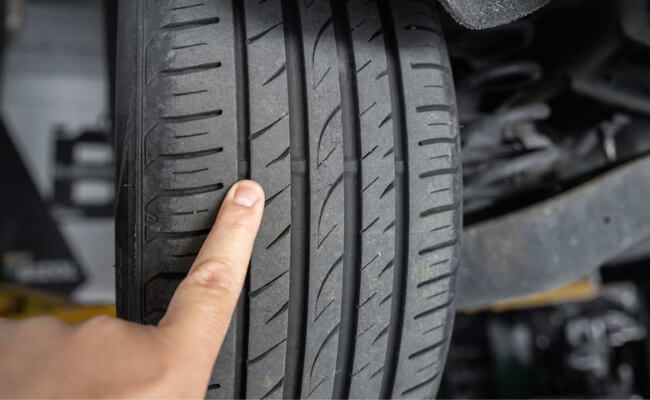
All automobile tires come with grooves in them, known as treads. These are not for design. They help your tires to have a firm grip on the road while you drive smoothly. Generally, most new tires come with a tread depth of around 10/32nds of an inch.
Over time, the tread wears out and leads to reduced traction, an increase in braking time, and difficulty in steering your sleeper car. The U.S. Department of Transportation has urged people to avoid using tires that have tread at or below 2/32nds of an inch. They are deemed by the government as unsafe to use.
To figure out the tread depth of your tire, you can use a penny. Take a penny, turn it upside down, and insert it in the groove of your tire’s tread. After the penny is set in the groove. Analyze it. Check whether President Lincoln’s head is visible or not.
Also Check:
If the entire head is not visible, your tire is good to go. However, if you can see his entire head, your tire has done its work. You need to replace it. So, if you ever have a question regarding when to replace tires, the penny test is the perfect answer.
2. Tire Age
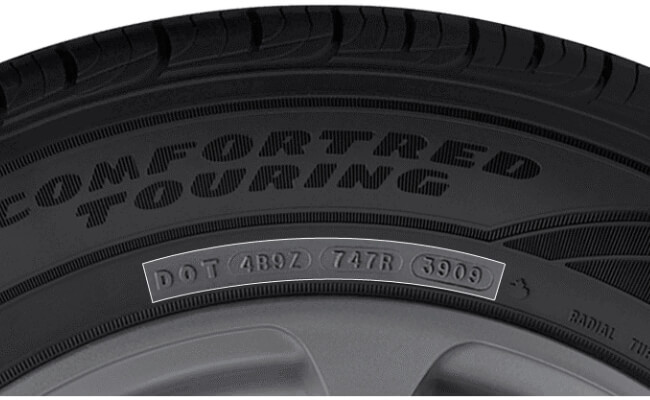
If asking when to replace tires, age is a big factor to consider. Tires are one of those few parts of an automobile that degrade over time. It does not matter if you own top European car brands, Japanese car brands, souped up cars, or electric cars. They all have the same working with their tires.
Environmental conditions, maintenance, and usage style affect the longevity of a tire regardless of the number of miles it has driven. There is no fixed replacement age for the tires. So, if you are asking how often do tires need to be replaced, there is no hard and fast answer.
However, the experts do recommend replacing vehicle tires every six years. Your first tire replacement should be six years after the manufacture date. Also, avoid driving tires that are more than ten years old. You should be more careful about age if you are buying a used car.
Learn about crucial questions to ask when buying a used car. When checking your options with used car dealerships Calgary SE or any other place, exclusively inquire about tire condition, age, and replacement to gain clarity.
3. Distance Covered
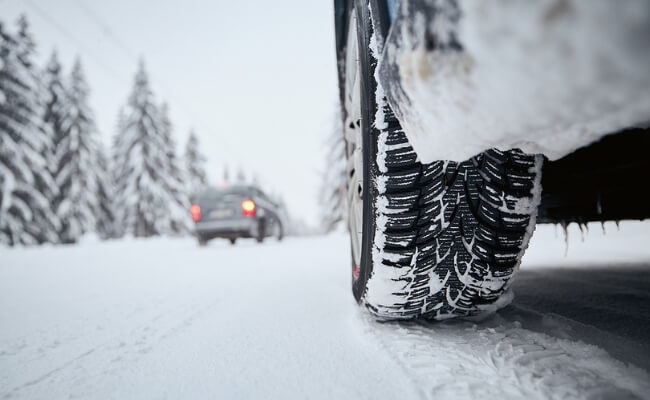
Another easy way to find out if your best cars for college students or cars with keyless ignition need tire replacement is by checking how much distance those tires have covered.
The more distance the tires have covered, the more need is there to replace them. But remember, it is not a straightforward calculation. A lot of other factors like your driving habits, tire type, and the terrain you drive in play a huge part.
Suppose you drive in rough terrain and have poor or rough driving habits. In that case, your tires will need replacement way before compared to someone with better driving abilities. You can also check if your tires come with a warranty.
Usually, the tires that come with a warranty do not need replacement until the warranty period is over. You can learn more about a tire by looking at its treadwear ratings. To know about it, simply check the sidewall of the tire for this information.
A tire with a 100 treadwear rating can be an average type; if it is 200, you can expect it to have a longer life. Something with a 620 rating can also be a good choice.
4. Tire Type
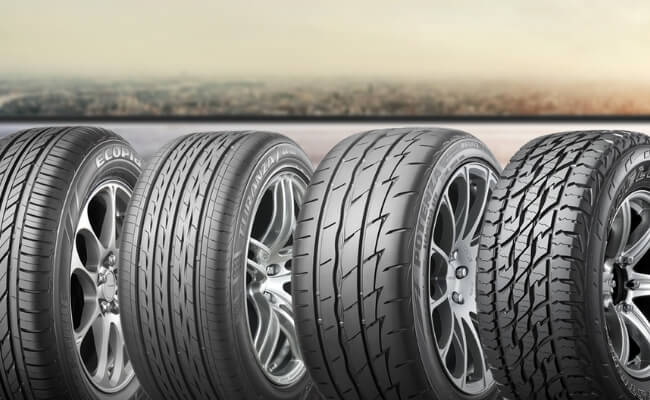
Another factor that affects when to replace a car tire scenario is the type of tire installed in your ride. The automobile market is filled with different kinds of car tires, from cheap easygoing to expensive, robust ones.
You can get the top cars with impressive tires with the help of the best car lease deals. There are special tires for summers, winters, and rainy seasons.
Also Check:
If you drive with summer tires on winter roads or vice versa, your tires will wear out sooner than expected. Also, summer tires lack longevity compared to winter and rainy season tires because of the softer rubber material, which is added for better grip.
5. Maintenance And Care
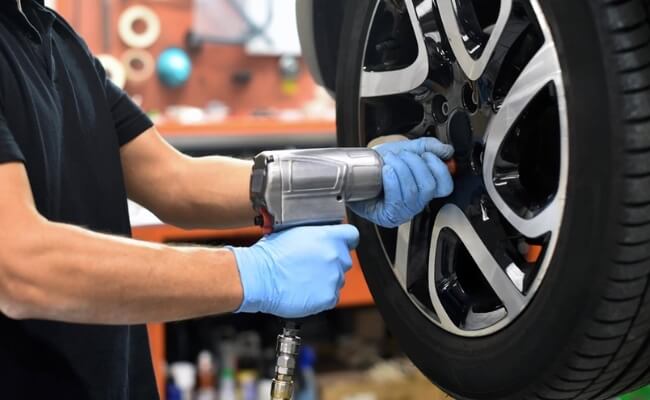
How often to replace tires in California or any other U.S. state majorly depends on how well you take care of your ride and its parts. If you adopt a proper driving style, avoid reckless braking & overspeeding, and maintain a proper care routine, your tires will last longer than you would have anticipated.
The better you maintain your car tires and take good care of them as per the climatic & road conditions, the less frequently you will need tire replacement. So, the answer to questions like when to replace tires for mileage depends on how well you take care of them.
Better maintenance means regular cleaning, learning how to stop rust on car frame, and using brushes to clear the rim & wheels well. Also, opt for the best auto insurance as they tend to cover any damage occurring to the tires of your vehicle.
Top FAQs About When To Replace Tires Age
Should I replace the tires at 4/32 inches?
If you often drive in the rain or on wet roads, then you should replace your car tires when they reach the tread depth of around 4/32 inches.
Water can not be compressed. Thus, there needs to be enough tread depth in the tires of your car for easy escaping of water through the tires’ grooves.
If you drive in snowy conditions, you should consider replacing your tires as soon as the tread depth reaches 6/32 inches.
How often to replace tires?
There is no hard and fast rule to replace car tires. It majorly depends on how well you maintain it and how well you drive.
However, experts advise you should first replace your car tires six years after its manufacturing. This replacement cycle should be repeated every six years. If you will be consistent, you will always be safe on the road.
How much is the average tire mileage?
The average tire mileage is around 50,000 to 60,000 miles. This figure may differ from driver to driver and tire manufacturer to tire manufacturer.
Apart from this, tire brand quality, season type, your driving style, and the terrain you drive frequently on also play a huge role.
Should you replace all four tires at once?
You are more likely to replace all four tires at the same time if you drive on all-wheel drive. Doing this will avoid any bad effects on your vehicle’s drivetrain.
However, if you drive other types of vehicles, you may not be required to replace all tires at once.
Also, if out of four tires, only one tire is damaged and the others still have substantial tread plus are in good shape, simply replace the damaged one only.
To know for sure, consult a tire specialist or your regular mechanic and get a better idea of the situation.
Conclusion
If you wish to be safe on the road, then you must learn how often to replace tires. Knowing this will help you keep a closer check on your car tires.
You will be able to take better care of your ride. Learning the degradation sign will keep you ahead of the situation, and you can have your car tires replaced before any mishap can occur.
Discover more from Locar Deals
Subscribe to get the latest posts to your email.

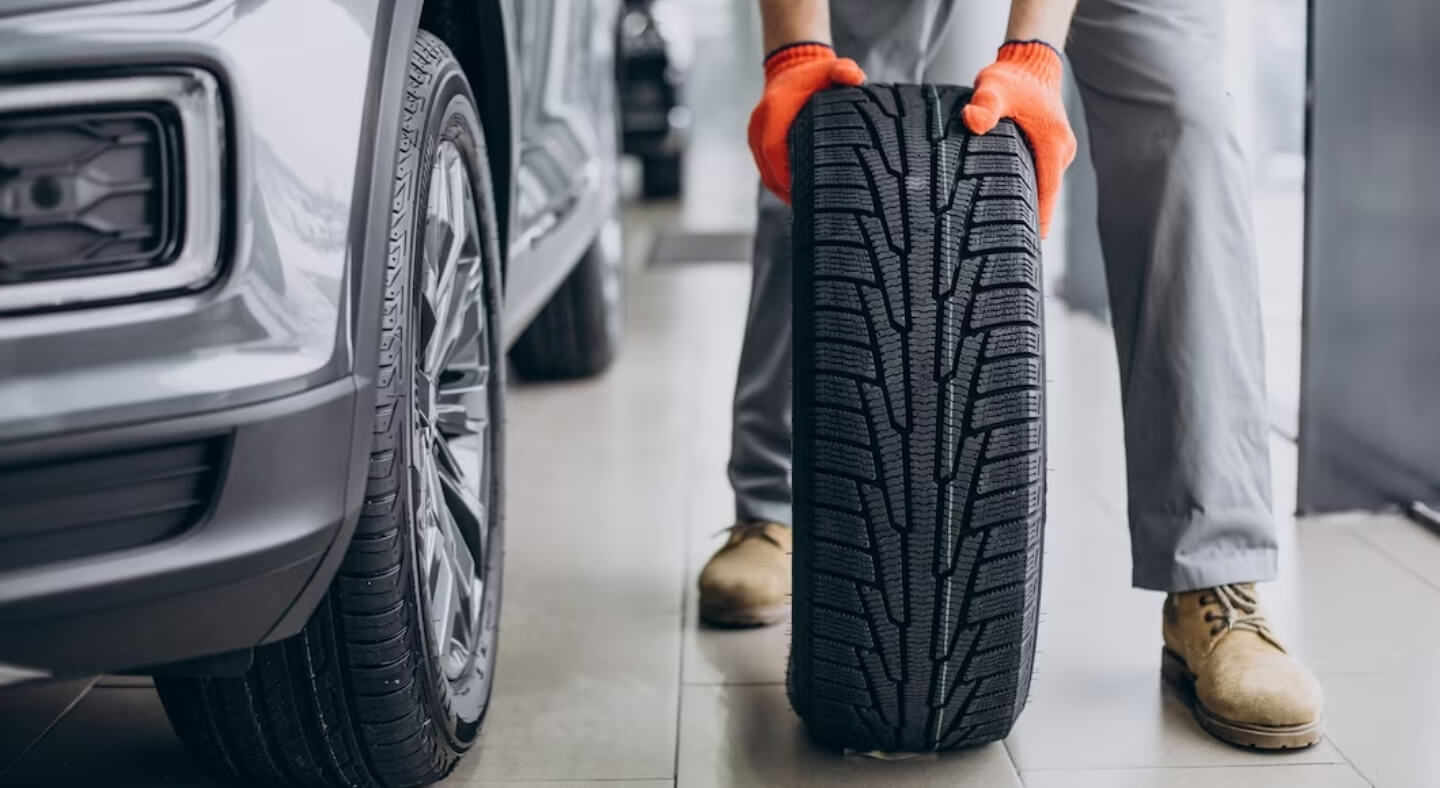



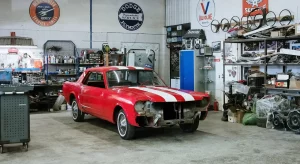

Thanks a lot for sharing this content.
I loved reading it.
It is helpful.